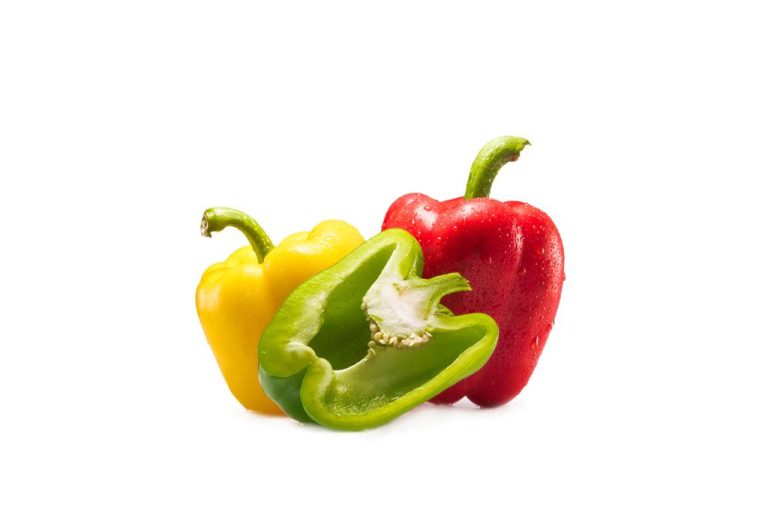Paprika tastes good and contains few calories. But their ingredients also make the vegetables extremely healthy. Here you can find out which healthy nutrients are in sweet peppers.
The slightly sweet sweet pepper belongs to the nightshade family of plants. It is closely related to chilli and pepperoni varieties – and extremely healthy.
In the hot variants of the plant family, the sharpener capsaicin is included. There are very similar substances in the sweet paprika. These do not taste spicy, but have a similarly positive effect on our health.
The advantage of sweet peppers over their hot relatives is that you can eat them in much larger quantities. We can also absorb more capsaicinoids and vitamins through them.
Healthy peppers: positive effects on digestion
Peppers are about 90 percent water. Depending on the color, a pod only has between 20 and 40 calories. The green vegetables are at an earlier stage of maturity than, for example, the red or yellow peppers. It therefore has fewer calories, but also contains fewer vitamins.
Paprika can have a positive effect on digestion:
A study suggests that sweet peppers have similar fat-burning properties as their hot relatives. The pod is said to help with weight loss. It also increases energy consumption and fuels fat burning.
Because of its high fiber content, peppers are also good for digestion and at the same time make you feel full.
Because the glucose-fructose ratio is almost balanced, the peppers can also be eaten by people who suffer from fructose intolerance.
If you still cannot tolerate peppers, you can try peeling them before eating. Some people do not tolerate the peel because pollutants can settle in the peel. These then cause digestive problems such as heartburn.

Vitamins and nutrients in peppers
In addition to the capsaicinoids, there are many other vitamins and nutrients in a pepper:
Vitamin A is good for the eyes. Peppers are therefore just as recommended as carrots as carriers of eye vitamins. Vitamin A also binds so-called “free radicals” that attack the skin. Thus, the vitamin should be able to counteract skin aging and (in the long term) cancer.
Beta carotene is converted to vitamin A in the body.
Vitamin B6 strengthens our immune and nervous systems and supports metabolic processes.
Vitamin C strengthens our immune system and is said to prevent cataracts. Oranges and lemons contain only a third of the vitamin C found in red bell peppers.
Folic acid (vitamin B9) is involved in blood formation and the production of endorphins.
Like vitamin A, vitamin E counteracts free radicals and aging processes.
Iron is responsible for transporting oxygen in the blood.
Potassium can lower blood pressure and the risk of heart disease. The mineral is also important for our muscles – a deficiency can lead to cramps.
Magnesium strengthens muscles, nerves and metabolism.
Copper contributes to blood formation.
As you can see, peppers are very healthy thanks to their diverse ingredients. They are often also referred to as medicinal plants – definitely a reason to include the vegetables more often in the diet.

